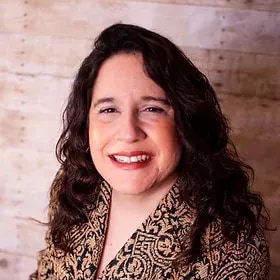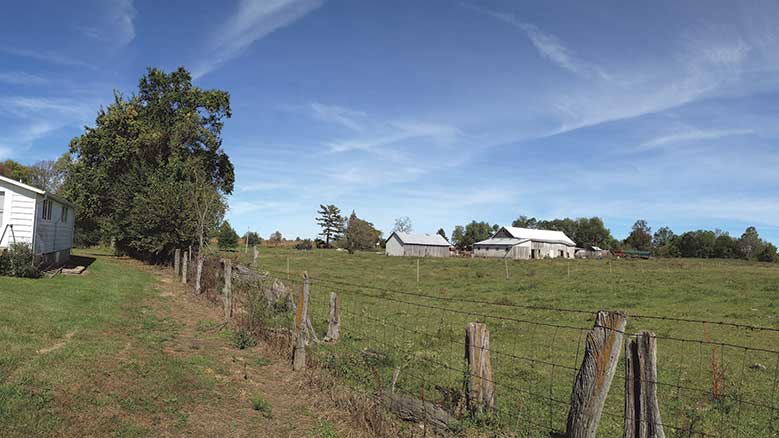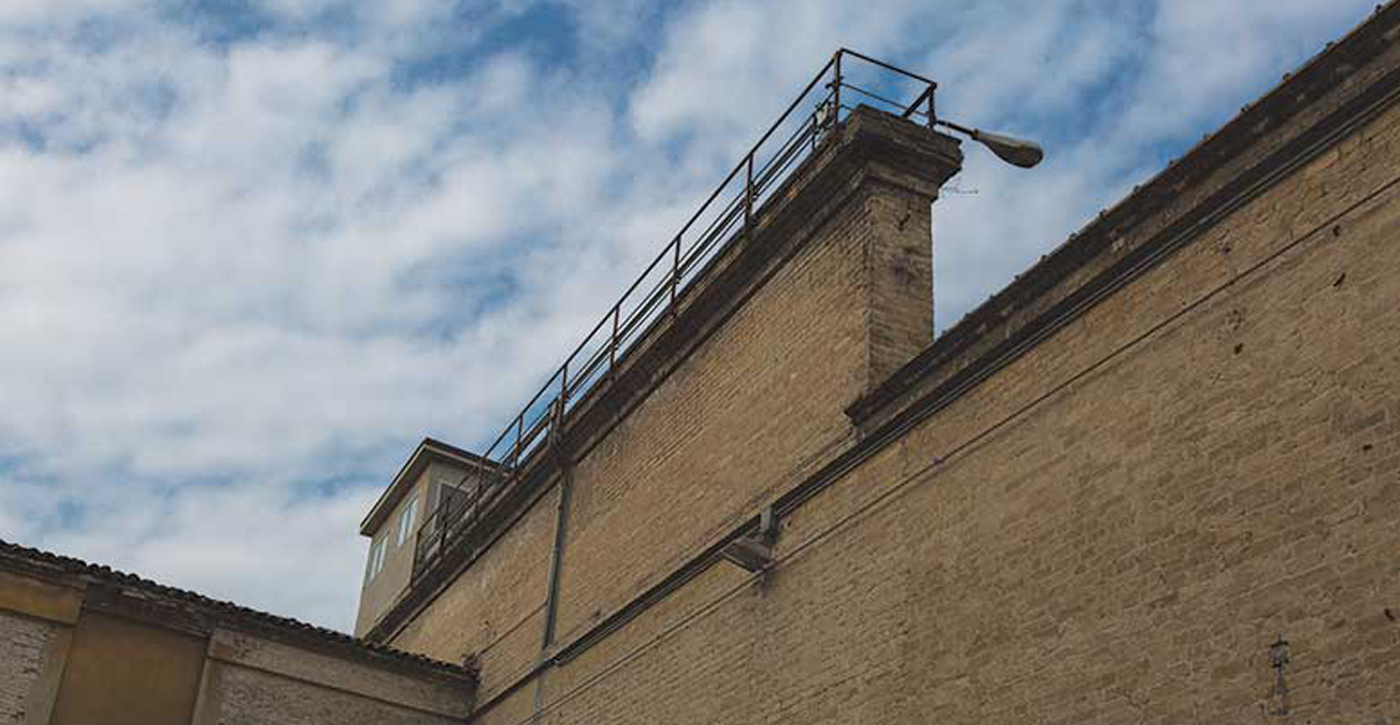Becoming a member of a Friends meeting entails attending worship regularly and discerning whether the meeting is one’s spiritual home. Those seeking membership typically meet with a clearness committee to discuss their faith journeys and determine how the meeting can partner with them to promote spiritual growth. Friends who live far from a meeting, as well as those who do not feel a strong sense of belonging in one, pursue membership in Quaker entities other than—or in addition to—local meetings, often called monthly meetings.
Monthly meetings are local or virtual congregations of Quakers that gather for worship weekly and conduct meetings for worship with attention to business each month. Quarterly meetings are gatherings of monthly meetings that meet to attend to business each quarter. Yearly meetings are regional Quaker entities that meet for business annually.
Quakers at Collington, a Kendal-affiliated senior living facility in Mitchellville, Maryland, formed a worship group in the early 2000s. Many Friends who attend worship there also maintain membership in the meetings they belonged to before moving to the facility.
Residents of senior living communities often have common spiritual needs.
“I think living in a retirement community changes the focus quite a bit. We’re in a community where people die and leave a spouse sometimes alone. I think that is a spiritual need that sometimes we fail to address. And that happens more here than it would happen in an ordinary Quaker meeting,” said Jim Rose, a Collington resident who attends the worship group along with his second wife, Susanna. Rose is still a member of Patapsco (Md.) Meeting, which he and his late wife were instrumental in founding.
Collington resident Evamaria Hawkins’s husband, Ted, died in December. In addition to the worship group, Hawkins belongs to a support group of Collington residents whose spouses have died; she is the only Quaker in the group. Hawkins previously worshiped with Bethesda (Md.) Meeting and is still a member of Annapolis (Md.) Meeting.
Participation in a worship group in a retirement community serves the spiritual needs of older Quakers. Similarly, some young Friends feel more at home spiritually in a yearly meeting than in a local, monthly meeting.
Pacific Yearly Meeting (PYM) is considering offering at-large or direct-to-yearly-meeting membership, according to clerk Laura Magnani. Some people who had moved away from their local meetings expressed a desire to attend annual gatherings as well as online meetings, according to Magnani, who previously worked for American Friends Service Committee (AFSC) for more than 30 years. While there she met young people who had life-changing experiences through their work with AFSC, a peace and social justice nonprofit organization that was founded by Quakers in 1917. The youth developed strong ties to AFSC but did not feel closely connected to any Friends meeting.
Young Friends who attend college away from their hometown do not always feel a strong relationship with monthly meetings, according to Magani. Instead young people in the yearly meeting build connections when they gather for retreats, usually a few times a year.
Discerning how to nurture Friends who primarily identify with their yearly meeting has led Quakers in Pacific Yearly Meeting to reconsider the definition of membership.
“We’re in some kind of transition,” Magnani said.
Young people in North Pacific Yearly Meeting (NPYM) have had similar experiences, according to clerk Paul Christiansen. Many of its meetings are extremely small and often don’t include any teenagers. Young adults often leave their meetings when they go away to college. When young Friends are in flux geographically, they find at-large membership attractive. Young Quakers feel a sense of community at the yearly meeting’s annual gathering because there are usually more people in their age group in attendance, according to Christiansen. For NPYM that number is around 30.
“That’s where they found community, more so than at home,” Christiansen said.
When Christiansen was a young Friend, about 15 years ago, he and some others his age approached the yearly meeting about establishing at-large membership. They were met with some reservations and did not continue to advocate for that membership option, according to Christiansen.
Ohio Yearly Meeting offers waiting membership for young associate members who are deciding whether they want to commit to full membership, according to Chip Thomas, a member of Marlborough Meeting, a Christ-centered meeting in Kennett Square, Pennsylvania. The meeting assigns associate membership to children at their parents’ request. When young people who are associate members turn 25, the overseers committee at a meeting talks with them about whether they want to become waiting members, embrace full membership, or be released, according to Thomas. Each monthly meeting in Ohio Yearly Meeting is charged with ministering to associate members.

Young Friends are not the only people whose life circumstances make membership in a monthly meeting a poor fit.
New York Yearly Meeting (NYYM) has five or six at-large members; the most recent is an incarcerated Friend who worships with the Otisville Prison Worship Group, according to Sarah Way, communications director for the yearly meeting. The worship group meets in the prison in Otisville, New York, and is one of several such prison groups in NYYM.
NYYM’s Ministry and Pastoral Care Committee takes responsibility for the spiritual nurture of at-large members. Applying for at-large membership requires Friends to describe their spiritual journeys, explain why membership in a local meeting is inappropriate for them, and demonstrate their active involvement in yearly meeting activities, according to Way.
“It was designed to be a place for people who did not find a spiritual home in their monthly meeting,” said Way.
Guinevere Janes became an at-large member of Philadelphia Yearly Meeting after she felt she was encountering unconscious bias in two monthly meetings because she lives with migraines, an invisible disability. Janes also believes she experienced unconscious bias because she could not financially support the meeting, as she lives on Social Security Disability Insurance and Supplemental Nutrition Assistance Program benefits.
Janes has multiple commitments with Philadelphia Yearly Meeting, serving as clerk of the Membership Development Granting Group, and as a member of the Quaker Life Council, the Addressing Racism Collaborative, and the Travel and Witness Granting Group. Janes is also a Faith & Play storyteller.
Janes decides on Saturday night which meeting to join for Zoom worship the following morning, depending on how she is feeling and which meeting would best serve her. One of the ways Janes connects with Quakerism is by taking online courses through Woodbrooke Quaker Study Centre, such as one on Quakers and enslavement that discussed abolition and gradualism.
At-large membership could serve as a tool for maintaining connections over geographic distances when the nearest worship group could be hundreds of miles away.
In addition to age, disability, and accessibility, geographic distance is a common reason for Friends to seek non-traditional membership.
Affiliate membership offers a spiritual home for Friends in Ohio Yearly Meeting who are geographically remote from monthly meetings. Affiliate membership is held at the monthly meeting level, according to Chip Thomas, a member of Marlborough Meeting in Kennett Square, Pennsylvania. Ohio Yearly Meeting has about 125 affiliate members.
At-large membership could serve as a tool for maintaining connections over geographic distances when the nearest worship group could be hundreds of miles away, according to Paul Christiansen, clerk of North Pacific Yearly Meeting, which comprises around 50 meetings and worship groups and covers a large region across five states. NPYM has some meetings in the urban corridor on the West Coast. Idaho has a few meetings in NPYM, but there are large distances between them and meetings in Washington State. There are more than 20 worship groups, usually consisting of ten or fewer members in geographically remote areas of the yearly meeting.
Christiansen served on the yearly meeting’s Outreach and Visitation Committee and took a long trip to visit geographically distant Quakers in 2019. From Christiansen’s home meeting in Bellevue, Washington, to Eugene, Oregon, it is a five-and-a-half hour drive. It took one-and-a-half days for Christiansen to drive from his home to meetings in Montana.
“There was a lot of gratitude for my presence,” said Christiansen. The yearly meeting’s annual sessions is also a crucial event for isolated Friends, he explained.
Friends in Europe and the Middle East who do not have yearly meetings in their areas can take advantage of international membership offered by the Europe and Middle East Section of Friends World Committee for Consultation (FWCC–EMES). There are 110 international members, according to Michael Eccles, executive secretary of EMES.
An international membership applications committee reviews requests for international membership. Applicants write letters explaining their intention to join; then Friends from EMES meet with them, usually on Zoom but occasionally in person, according to Eccles. EMES receives one or two applications a year for international membership.
When Linda Olsvig-Whittaker went to Israel for post-doctoral studies, she did not find any Quakers. She pursued international membership and was interviewed in Britain and in Prague in the Czech Republic. She became involved with a Woodbrooke-based group of Quakers and participated in Experiments with Light meetings. For the past 28 years, Olsvig-Whittaker, who is Israeli, has also been a member of a service-oriented messianic community in Jerusalem that includes Jews and gentiles. She has lived in Israel for 41 years.
Olsvig-Whittaker attended Ithaca (N.Y.) Meeting for eight years beginning when she was a graduate student at the nearby Cornell University. In addition to being an international member of EMES, Olsvig-Whittaker is also a Zoom attender of Manchester (UK) Meeting. She is currently discussing pacifism with members of the Quaker community in Manchester, a pressing concern because she is living in a war zone.
Other international members also previously worshiped with local meetings before moving and joining EMES. In 2012, Marco Bertaglia moved to Italy after having been a member of a meeting in Belgium. He had started worshiping with Quakers while living and working in the United Kingdom. Bertaglia previously went to Quaker worship twice a week. He currently attends online worship but misses the experience of in-person meeting. In Italy, there are small worship groups in Bologna and Florence, but Bertaglia lives far away from them in an ecologically focused intentional community in the Alps.
Bertaglia would like to build community with other international members. He noted that Woodbrooke and Pendle Hill Quaker study centers offer online worship through which such members can connect. He would like to enhance those ties and hopes the 2024 FWCC World Plenary Meeting in South Africa will help as many Friends from all over the world will be attending.
Astrid Bruhn learned of Quakerism while studying at Olney Friends School, a boarding school in Barnesville, Ohio, in the early 1960s. She later joined a worship group after returning home to Germany. After moving to the Canary Islands to join her husband, she found it easier to be an international member. Bruhn currently lives there and attends an online worship group with five to ten other Quakers from elsewhere in Spain. Bruhn has also attended Woodbrooke’s annual gathering in the UK in person. In addition, she maintains her connection to Quakers in Germany by reading their newsletter.
Quakers organizing against the Vietnam War in 1965 in Newburgh, New York, first attracted Nadyezhda Spassenko of Ukraine to Friends. As an international member of EMES, Spassenko has attended gatherings of Friends in Central Europe since 1996 and currently participates in meetings to plan those gatherings.
Connecting with other international members nurtures Spassenko spiritually: “Knowing that I am not alone in my community with God is comforting,” she said.
International members worshiping with the Central European Gathering of Friends recently formed a new yearly meeting, according to member Arne Springorum, a climate activist with German Last Generation whose earthcare advocacy dovetails with his Quakerism. The gathering was once an annual event that included members of ten nationalities for which English was the shared language. In 2014, someone attending the annual gathering said the event felt like a yearly meeting, so attenders decided to convene interim meetings twice a year. They established roles and structures. EMES had supported the group all along. A year ago, EMES executive secretary Michael Eccles said the group was ready to become a yearly meeting, Springorum recalled. The new yearly meeting is in the process of building structures and integrating members. International members in Central Europe can choose whether to retain their existing membership or join the new yearly meeting.
“It will be the biggest loss of international members, but it’s a joyful loss because we’re joining a newly formed yearly meeting,” Springorum said.








Comments on Friendsjournal.org may be used in the Forum of the print magazine and may be edited for length and clarity.